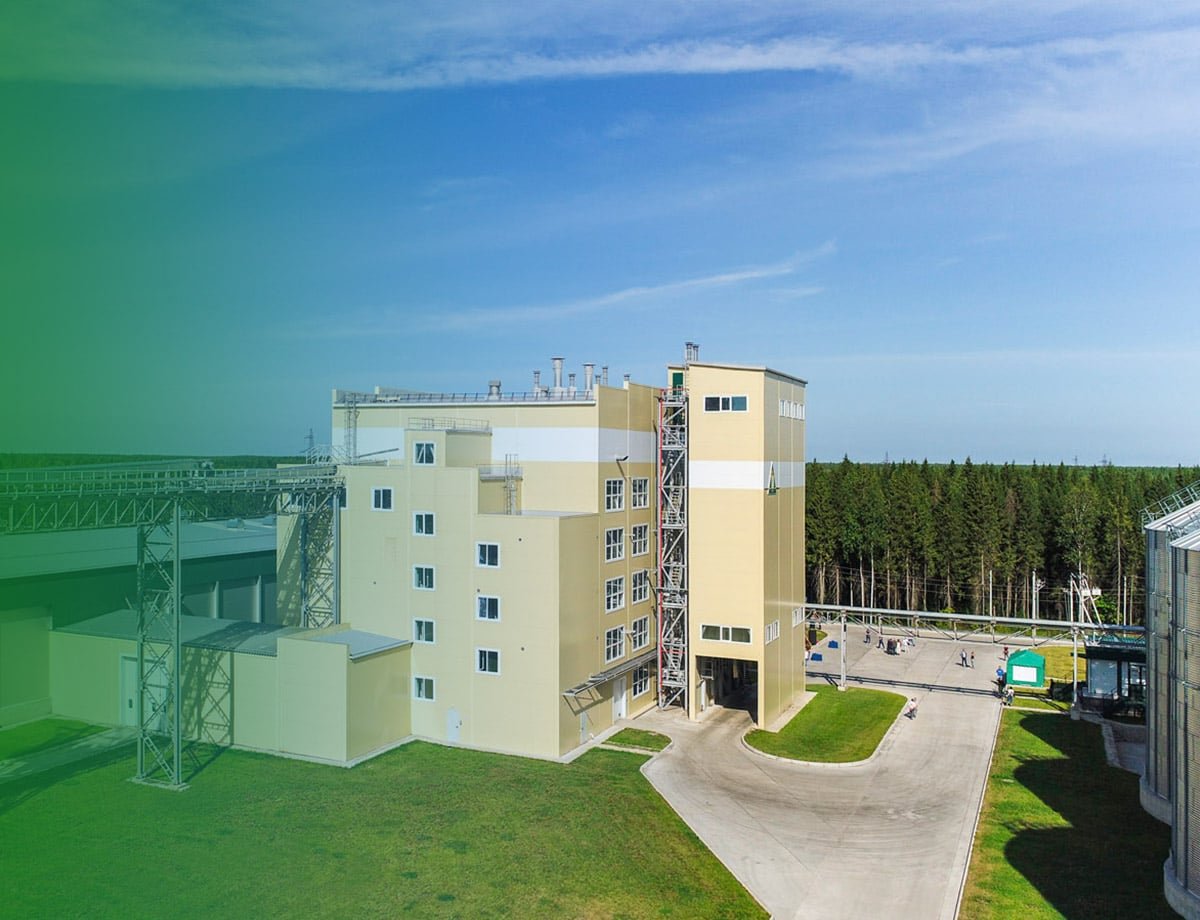Setting up a 5 tons per hour (t/h) premix feed mill involves various considerations, with equipment cost being one of the most significant. This cost can vary considerably based on several factors, including the region where the mill is established. This article delves into the reasons behind the differences in equipment costs for a 5t/h premix feed mill across various regions, along with the implications of these variations on overall investment and operational efficiency.
Key Equipment Components for a 5t/h Premix Feed Mill
A standard 5t/h premix feed mill consists of several critical components:
- Raw Material Handling Equipment
- Grinding Equipment
- Mixing Equipment
- Pelleting Equipment
- Cooling and Drying Equipment
- Screening and Grading Equipment
- Packaging Equipment
- Auxiliary Equipment
Factors Influencing Equipment Costs by Region
- Local Manufacturing and Import Costs
- Local Manufacturing: Regions with a robust manufacturing base for feed mill equipment typically experience lower costs due to reduced transportation and import duties. For example, countries like China and India have numerous manufacturers producing high-quality feed mill equipment at competitive prices.
- Import Costs: In areas where equipment must be imported, shipping, import duties, and taxes can significantly increase overall equipment costs, particularly in countries with limited local manufacturing capabilities.
- Labor Costs
- High Labor Cost Regions: Regions such as North America and Western Europe tend to have higher labor costs, resulting in increased manufacturing and assembly expenses, which can drive up equipment prices.
- Low Labor Cost Regions: Conversely, regions like Southeast Asia and parts of Africa benefit from lower labor costs, leading to generally more affordable equipment prices.
- Regulatory and Compliance Costs
- Stringent Regulations: Areas with strict environmental and safety regulations may require more advanced and compliant equipment, which can raise costs. For example, the European Union mandates high compliance standards for machinery.
- Less Stringent Regulations: In regions with looser regulations, equipment costs may be lower as manufacturers can utilize simpler and less expensive designs.
- Availability of Raw Materials
- Abundant Raw Materials: Regions rich in raw materials, such as steel and other metals, can benefit from lower equipment costs. For instance, China’s substantial steel production allows for competitively priced equipment.
- Scarce Raw Materials: In areas where raw materials are scarce or must be imported, equipment costs can rise due to increased material expenses.
- Technological Advancements
- Advanced Technology Regions: Areas recognized for technological innovation, like the United States and Germany, may provide more advanced but costly equipment, often leading in automation and efficiency technologies.
- Developing Technology Regions: Regions still enhancing their technological capabilities may offer less sophisticated but more affordable equipment.

Case Study: Equipment Cost Breakdown
To illustrate regional variations in equipment costs, consider a hypothetical 5t/h premix feed mill with the following cost breakdown:
| Equipment Component | Typical Cost Range (USD) |
|---|---|
| Raw Material Handling Equipment | $50,000 – $70,000 |
| Grinding Equipment | $40,000 – $60,000 |
| Mixing Equipment | $50,000 – $80,000 |
| Pelleting Equipment | $100,000 – $150,000 |
| Cooling and Drying Equipment | $30,000 – $50,000 |
| Screening and Grading Equipment | $20,000 – $40,000 |
| Packaging Equipment | $30,000 – $50,000 |
| Auxiliary Equipment | $40,000 – $60,000 |
| Total | $360,000 – $560,000 |
Regional Variations
- North America:
- Higher Costs: Equipment for a 5t/h premix feed mill is likely to be on the higher end, exceeding $500,000, due to high labor costs and stringent regulations.
- Advantages: Offers high-quality, technologically advanced equipment that ensures efficiency and compliance.
- Europe:
- Moderate to High Costs: Equipment costs can range from $450,000 to $550,000, influenced by similar factors as North America.
- Advantages: Advanced technology and high compliance standards ensure efficient operations.
- Asia (China, India):
- Lower Costs: Equipment costs can range from $360,000 to $460,000, driven by lower labor costs and abundant raw materials.
- Advantages: Competitive pricing coupled with increasing technological advancements.
- Africa:
- Variable Costs: Costs can vary significantly based on whether equipment is locally manufactured or imported. Local manufacturing can keep costs around $400,000, while imports can increase expenses.
- Challenges: Higher import duties and transportation costs can impact overall pricing.
- Latin America:
- Moderate Costs: Prices can range from $400,000 to $500,000, influenced by local manufacturing capabilities and import expenses.
- Advantages: Growing manufacturing capacities and regional trade agreements can help control costs.
Implications of Regional Cost Variations
- Investment Planning: Understanding regional cost differences is essential for accurate investment planning. Feed mill operators need to factor in these variations when budgeting for new facilities.
- Operational Efficiency: Higher initial equipment costs in technologically advanced regions can lead to improved operational efficiency and lower long-term costs. Conversely, lower initial costs in less advanced areas may lead to higher maintenance expenses.
- Compliance and Quality: While stringent regulations may necessitate a higher upfront investment in compliant equipment, this can enhance product quality and market acceptance. Operators in less regulated regions must balance cost savings with potential risks to quality and safety.
- Market Competitiveness: Investing in advanced, efficient equipment can boost a feed mill’s competitiveness by ensuring high-quality production and adherence to international standards, which is especially crucial for export-oriented businesses.
Conclusion
Equipment costs for a 5t/h premix feed mill can vary significantly by region, influenced by factors such as local manufacturing capabilities, labor costs, regulatory requirements, raw material availability, and technological advancements. While higher costs in North America and Europe are associated with advanced technology and strict regulations, lower costs in Asia and Africa reflect local manufacturing advantages and reduced labor expenses. (Related post: poultry feed plant for sale)
Feed mill operators and investors must carefully consider these regional variations when planning their investments. Balancing initial equipment costs with long-term operational efficiency, compliance, and product quality is vital for achieving sustainable and profitable operations in the competitive animal feed industry.


